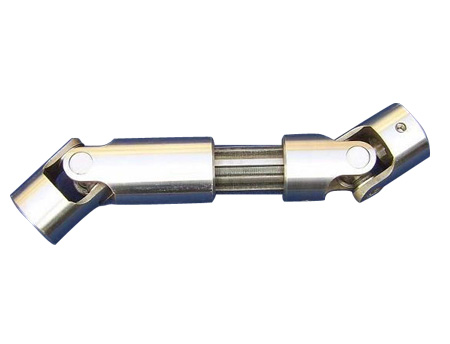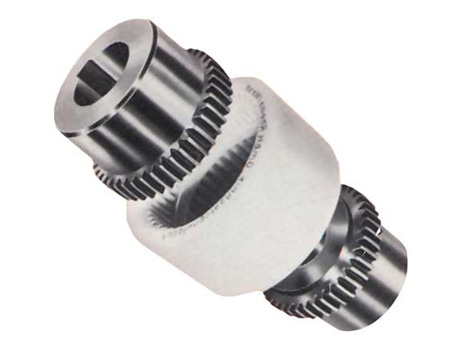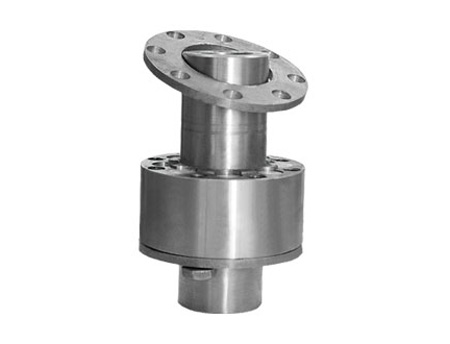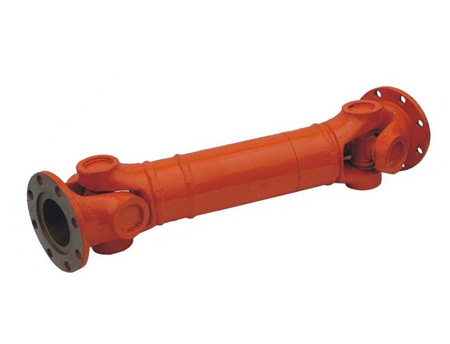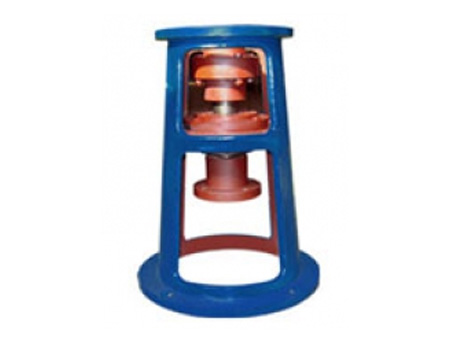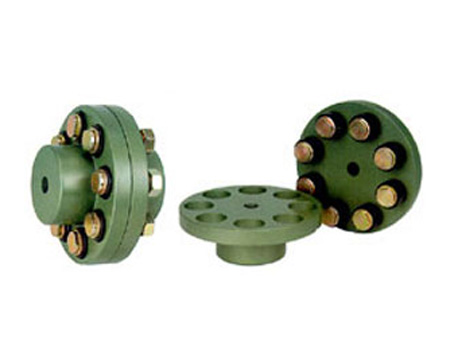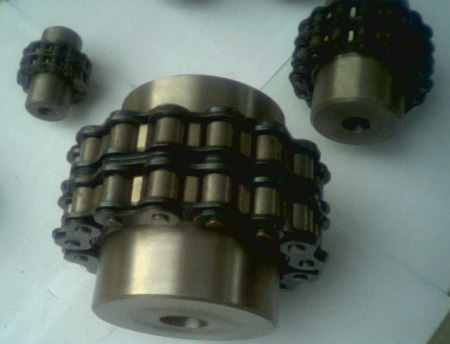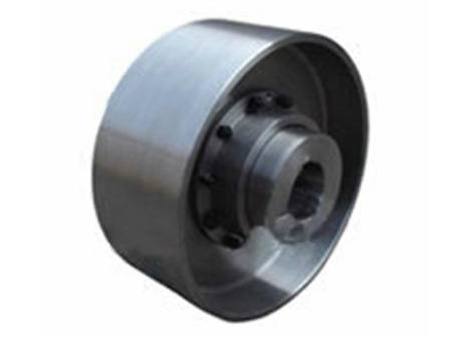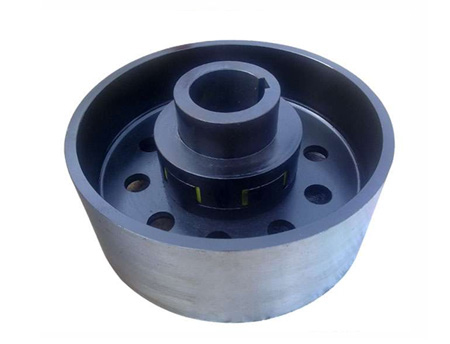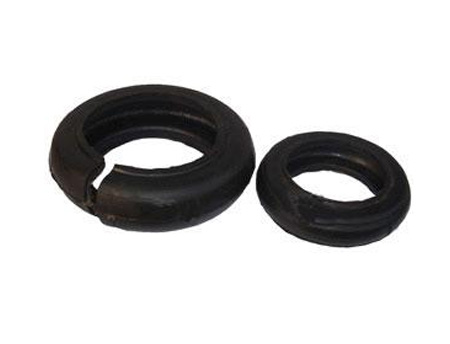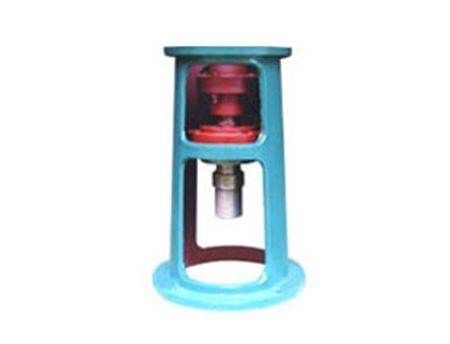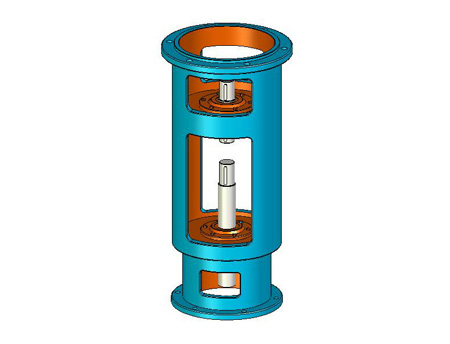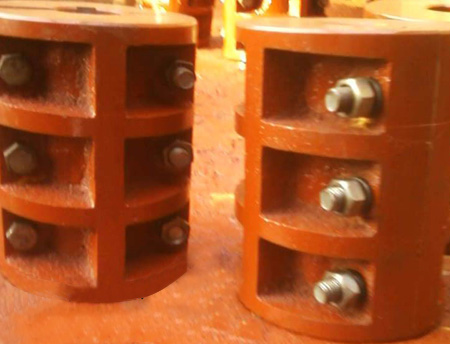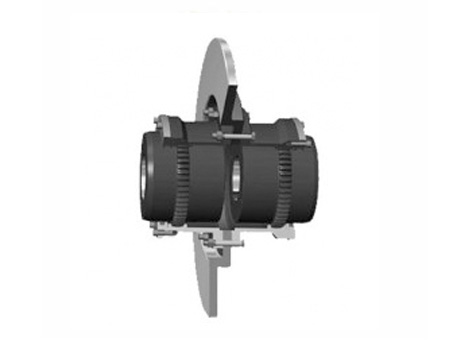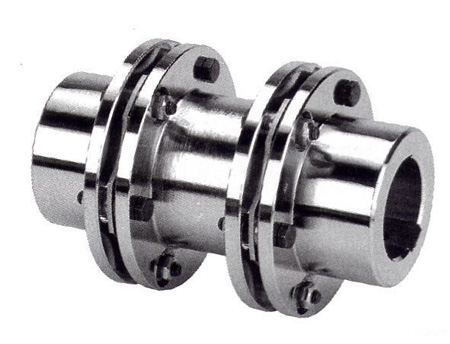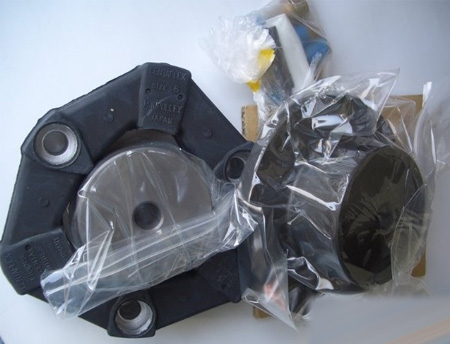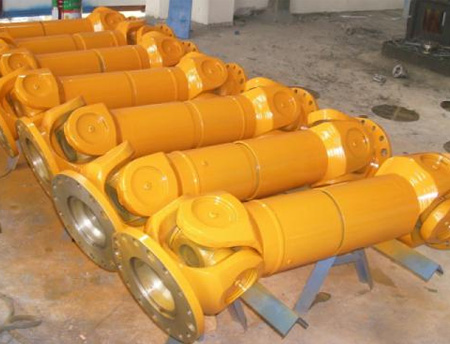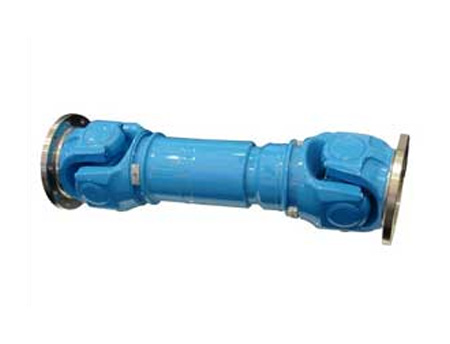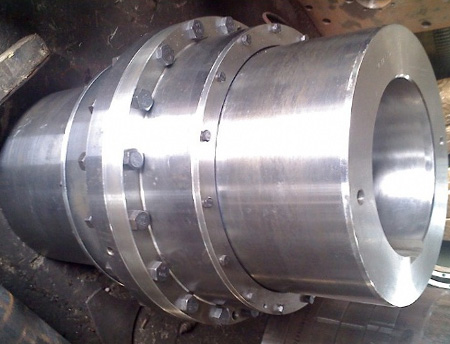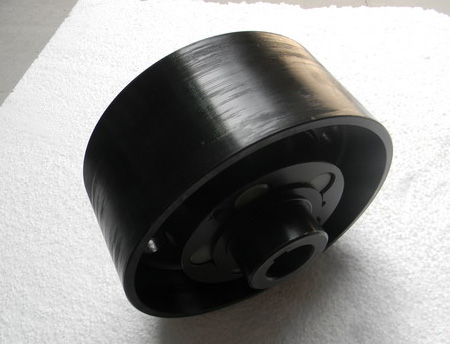News CenterNews
Latest newsNews
- Introduction to Couplings
- A detailed introduction to the drum gear coupling!
- What are the requirements for coupling guards?
- The difference between plum coupling and diaphragm coupling
- What are the characteristics of drum gear couplings?
- Frequently Asked Questions about the Installation and Disassembly of the Diaphragm Coupling
Contact information
Website: www.rigid-shaft-coupling.xyz
Address: Xihuan Industrial Zone, Botou City, Hebei Province
What are the requirements for coupling guards?
Author: Ever-Power Coupling Release Date: 2019-12-23 10:19 Click:次
What are the requirements for the protective equipment of the coupling after installation?The protective device of the coupling is usually provided by the buyer.Therefore, this part of the content does not belong to the requirements of the coupling.The buyer or contractor shall specify the type of protective device required.In addition, purchase goods are produced.Every
What are the requirements for the protective equipment of the coupling after installation?The protective device of the coupling is usually provided by the buyer.Therefore, this part of the content does not belong to the requirements of the coupling.The buyer or contractor shall specify the type of protective device required.In addition, purchase goods are produced.Each coupling should have a protective device to seal the coupling and the shaft to prevent people or objects from entering this dangerous area when the unit is running.The protective device should be easy to disassemble, so that the connected machine will not be affected when the coupling is overhauled and maintained.The structure of the protective device must have sufficient rigidity. When bearing a static load of 900N, its deflection shall not exceed 0.0005 times the unsupported length of the protective device.The protective device of the coupling that needs lubrication should be sealed.When necessary, the protective device should be equipped with anti-movement baffle to reduce the influence of gas or oil.Flange-connected cylindrical shell protection devices are usually used on medium and high-speed gear couplings and diaphragm couplings.The structure of the protective device is cylindrical and split along the axial direction, and the protective device is connected to the corresponding equipment in the unit by flanges at both ends.There should be an expansion joint at one end of the protective device, and an O-ring seal should be installed at the expansion joint.If the coupling is working under corrosive conditions and needs protection, the protective device must be equipped with pipe joints to allow access to dry air or inert gas.Protective device for continuous lubrication of the controller.Each fuel injection nozzle must be screwed to the protective device in the appropriate direction, so that the oil sprays in the direction of rotation.If the unit is running in forward and reverse directions, the oil will be injected along the axial direction.The oil nozzle or oil pipe is not allowed to rub against the coupling to ensure safety in use.
View withDrum gear coupling Coupling Plum coupling Oldham coupling Diaphragm coupling Related products
